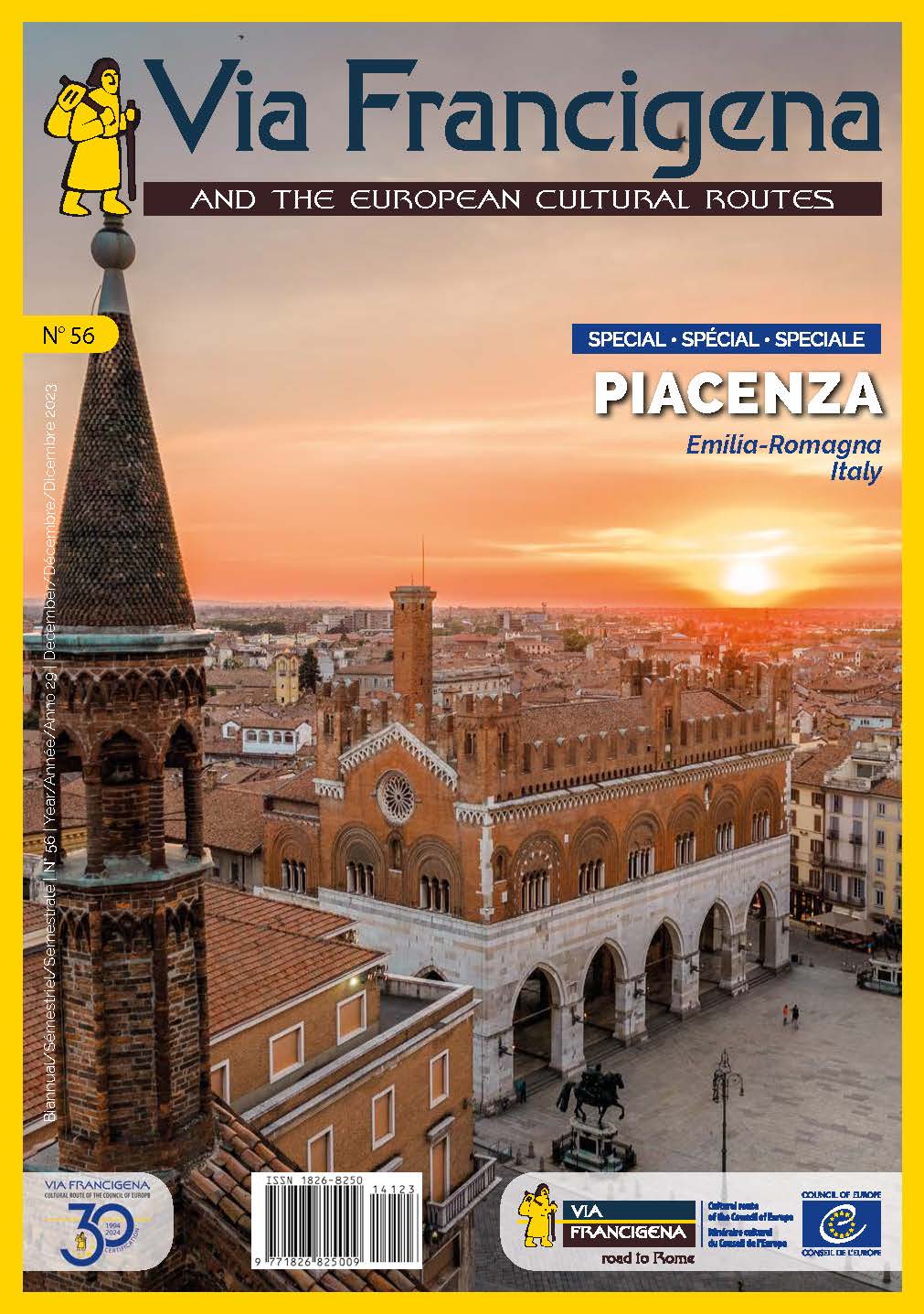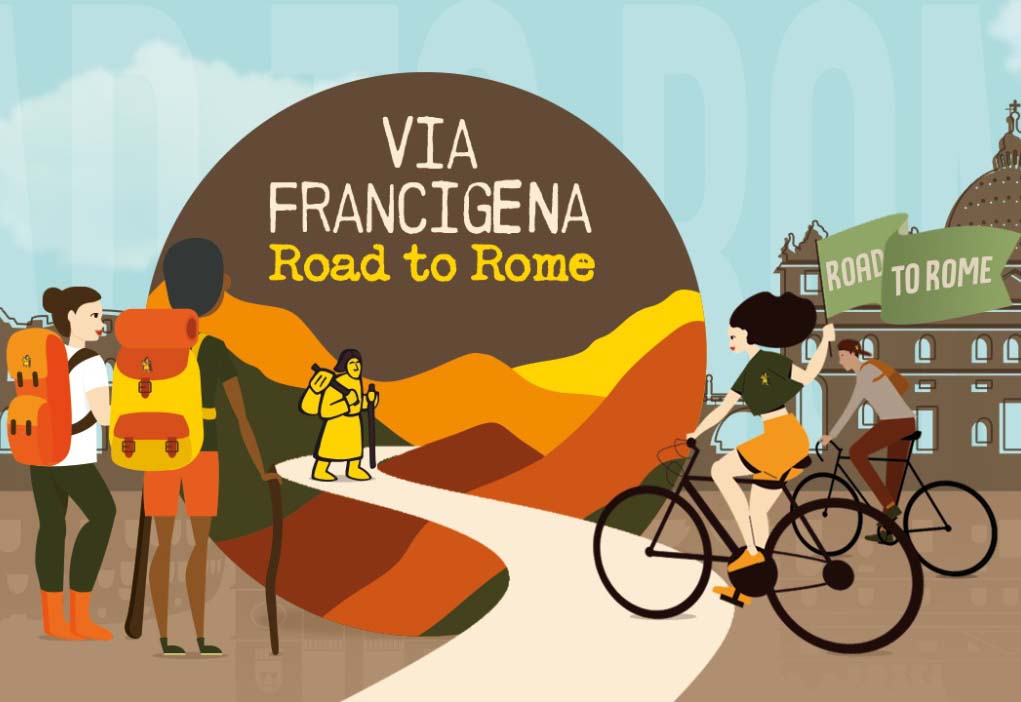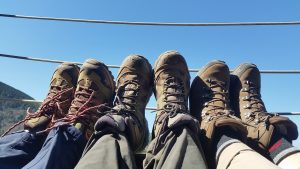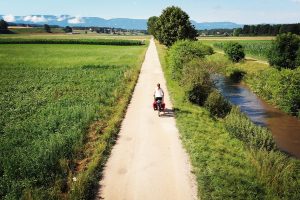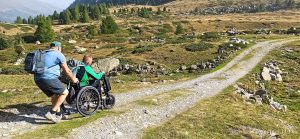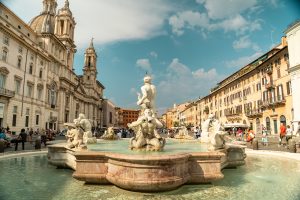We’re often asked whether it’s a good idea to bring children along on the Via Francigena. The answer is yes—you absolutely can! It’s not dangerous, but just like any adventure, it’s essential to take the right precautions. Today we’re here to answer your questions and share practical tips on how to make your family walk a successful and memorable one!
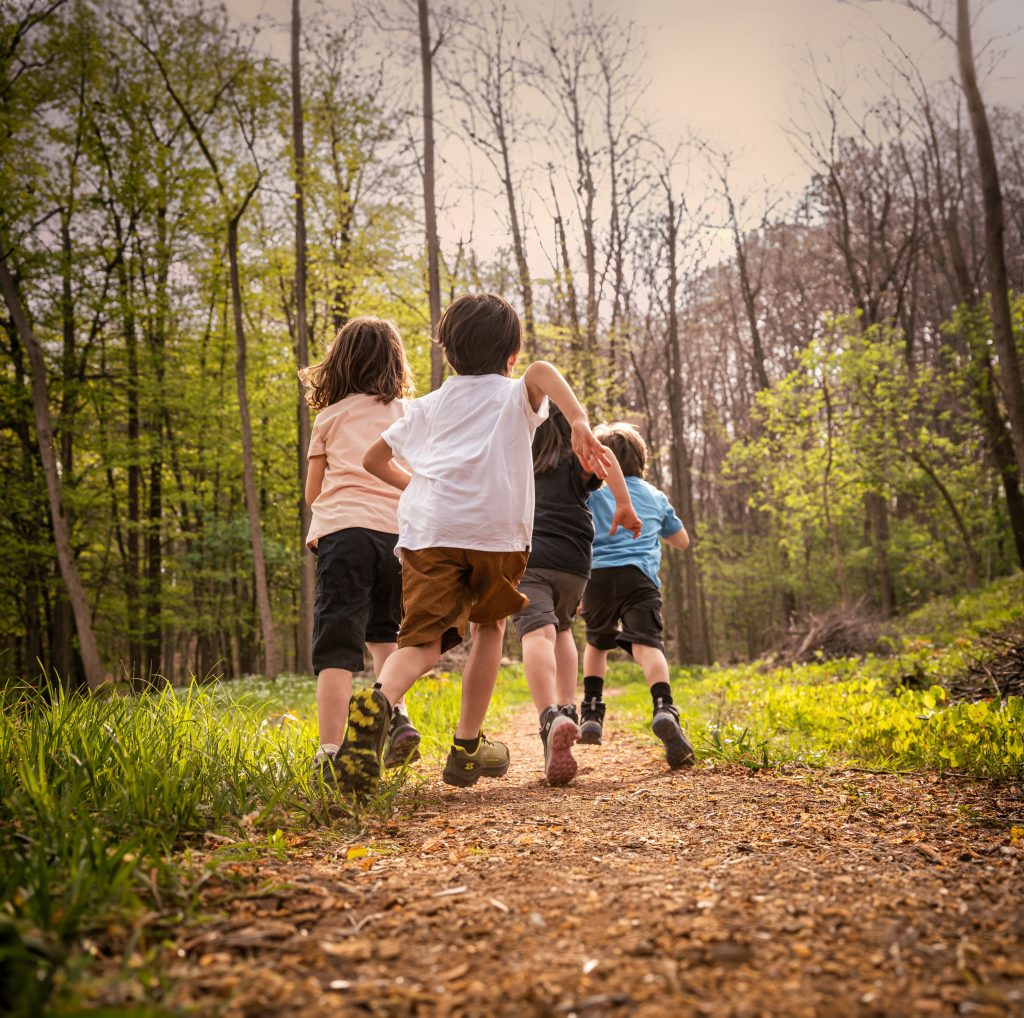
Walking the Via Francigena is much more than simply going on a hike or taking a stroll through nature—it’s about exploring a landscape from a slower, more mindful perspective.
All of us—adults and children alike—live at a fast pace, which often influences how we see the world, how we experience daily life, and even how we travel. Choosing to walk, whether for a day or for several weeks, means stepping out of that fast lane and into the world of slow travel. It allows us to discover and explore places deeply, while connecting with the stories and traditions of the land in a sustainable way.
That’s why, when we decide to introduce children to the world of walking journeys, we also carry the great responsibility of passing on the philosophy of slow travel.
Walking: a valuable learning experience for all 👶👧
Embarking on a walking journey is, first and foremost, a wonderful way to spend time together as a family and to deepen your understanding of both yourself and others. It’s not just about following paths through nature—it’s about entering into a story, a cultural journey.
That’s what makes it perfect for families, especially those with children. Pilgrimage routes often offer more accessible stages, some shorter than others, with opportunities to stop in small villages to rest and refresh.
Children get to experience nature, history, and local art in a way that captures their imagination and curiosity.
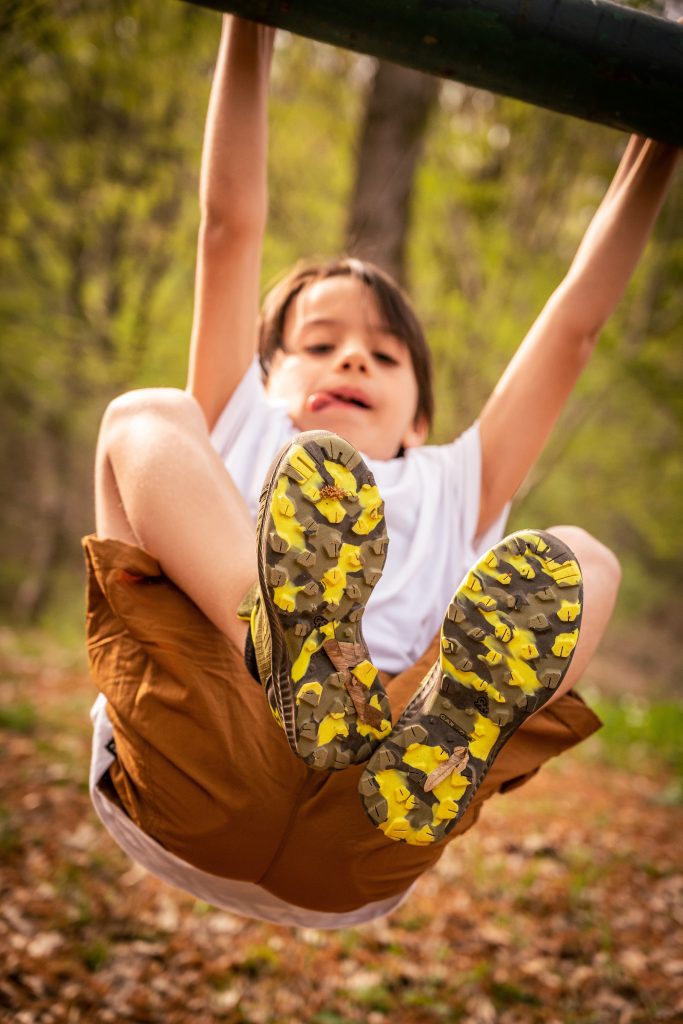
Walking with little ones is definitely more complex than travelling solo, but it’s also an amazing opportunity for young children to begin learning about their own bodies, effort, the weight of a (very light) rucksack, and understanding personal limits.
To walk as a family, you’ll need open communication, a willingness to listen—physically and emotionally—and a good dose of creativity. Surprises and challenges are part of the experience, and knowing how to tell stories, sing songs, and invent games along the way can work wonders to keep spirits high.
The Right Age and Preparation 👣🚶♀️
There’s no “right” age to walk the Via Francigena. The route is ready to welcome anyone willing to take on the journey.
That said, it’s important not to set off unprepared. You’ll need to carefully plan your itinerary, making sure it suits everyone’s needs and checking the feasibility of each stage.
If travelling with very young children, it’s advisable to use special baby carriers that allow for comfortable transport while keeping the parent’s burden manageable.
Older children can walk on their own, but it’s wise to select routes that are not too challenging or risky. For those in between, trekking strollers are available on the market.
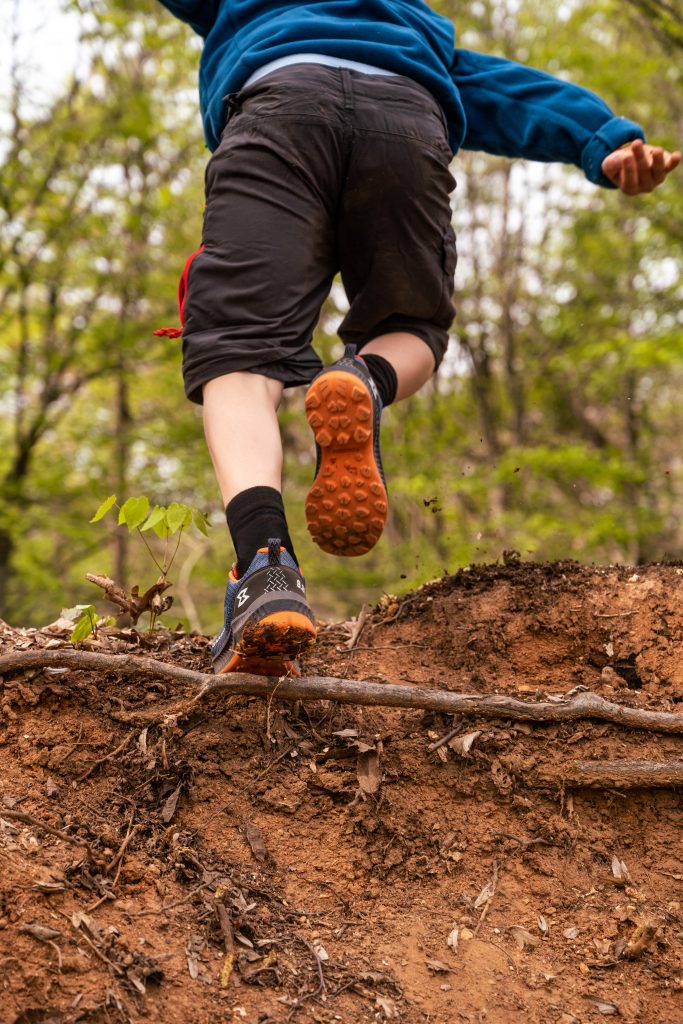
Training is key. Long-distance walking isn’t something most people—adults or children—do every day. While kids are naturally full of energy, they may not be used to channelling that energy over long periods.
Getting Ready: equipment and practical tips 🎒💧
Although training is fundamental, it’s not the only thing to think about when preparing for your journey. One of the most important aspects is your equipment.
Start with clothing: it should be comfortable, not too bulky, and suitable for the season. Technical, breathable fabrics are best—they dry quickly and help prevent irritation.
Next is the rucksack. It should be appropriately sized for the person carrying it. Small children need spacious yet light backpacks, ideally no heavier than 2–3 kg. The smaller the child, the lighter the pack.
It’s also a good idea to include practice walks with a bit of weight in the pack, to help prepare both body and mind.
Water is a must: a refillable water bottle is a great choice for sustainability too.
Bring healthy snacks—bars, seeds, dried fruit, or age-appropriate energy-boosting treats.
And don’t forget the Pilgrim’s Credential—the official passport of the Via Francigena. Especially for families, this little booklet becomes a fun and meaningful record of each day’s achievements, with space for stamps from along the route.
Special mention: footwear 🥾🌿
And now, one final but crucial tip: the shoes.
Choosing the right footwear is essential if you want to avoid having to stop halfway due to sore feet.
Having secure, well-supported feet and ankles is the first step to walking with confidence. The right shoes will help reduce fatigue, provide proper momentum, and protect your joints. Most importantly, they’ll prevent painful blisters.
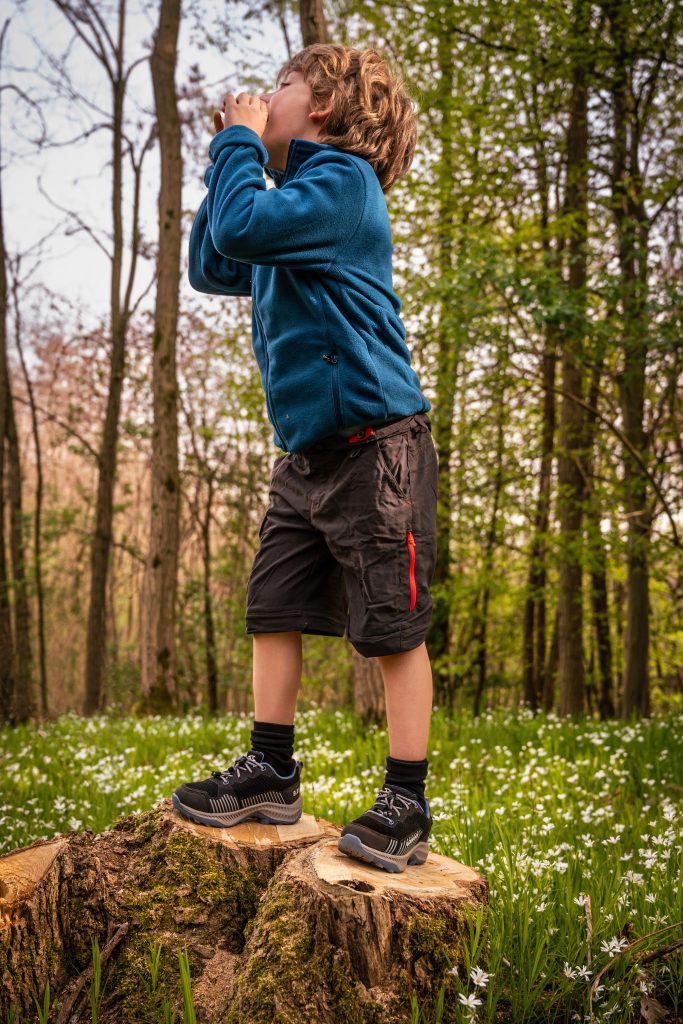
Good walking shoes should be the correct size, comfortable, lightweight, and suitable for long distances. They should also have quality soles and proper support.
At EAVF, our team has long trusted Garmont, a high-quality brand that understands the needs of walkers—including children. They offer a dedicated range for young adventurers too!
With the right shoes and proper socks, there’s far less risk of your little pilgrims having to stop mid-journey due to pain or discomfort in their most essential tools: their feet.
Now you know everything you need to get started!
So gather the family, lace up your boots, and set off together…
Happy walking! 🌍👣✨






